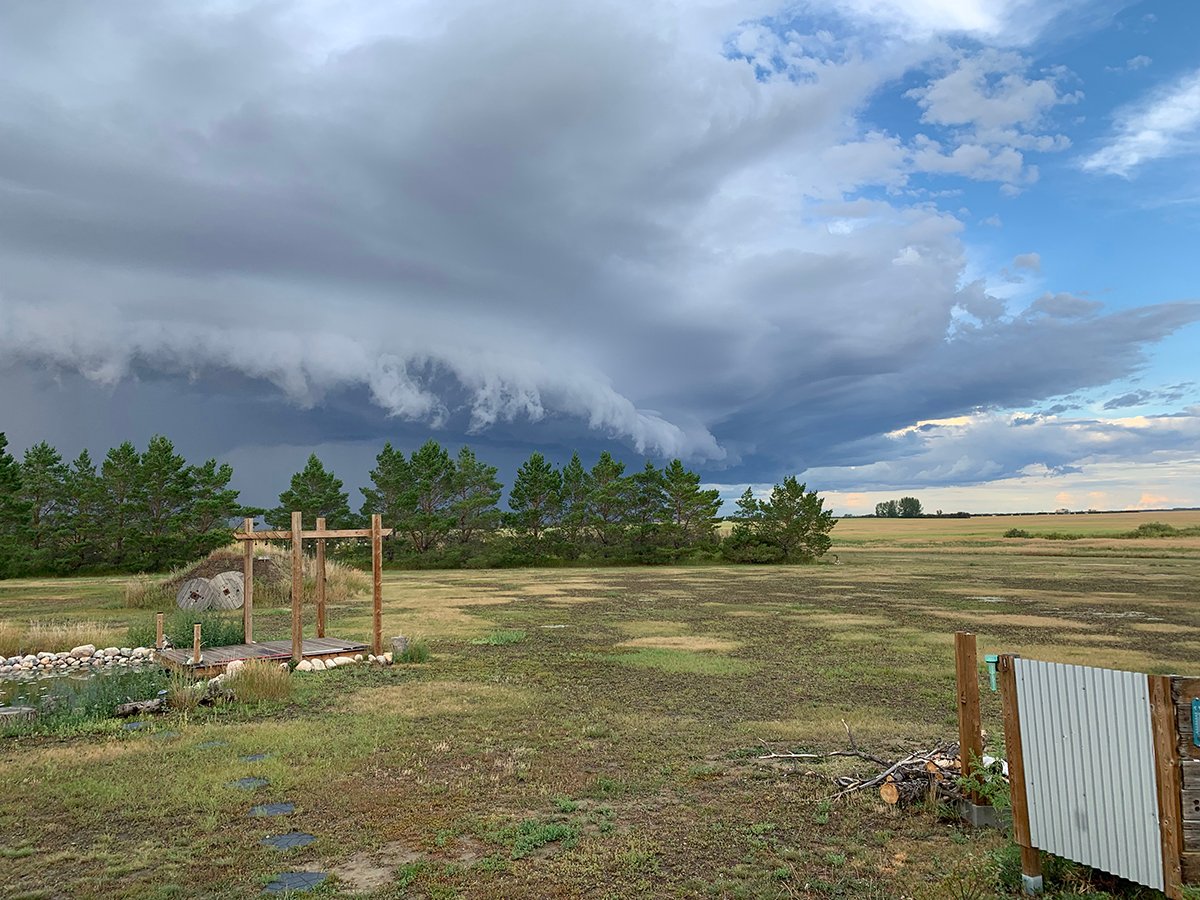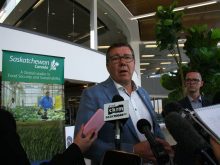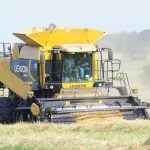As feedback on the Estey report continued to arrive on the desk of federal transport minister David Collenette, grain industry groups last week carried on their efforts to figure out what the report’s recommendations mean.
A number of meetings have already been held among key industry players, including the railways, grain companies and the Canadian Wheat Board, to sort out the implications.
Estey’s 15 recommendations include removing the maximum freight rate cap in return for a railway guarantee of lower total freight costs, an end to third-party allocation of rail cars and turning the wheat board into a port buyer of grain.
Read Also

Storm dynamics and extreme rainfall
Besides moisture, instability and orographic lift, the next biggest factor that contributes to heavy or extreme rainfall is storm dynamics.
“The grain companies, the railways and some farm groups have had informal meetings, and we’re trying to work out details of the new system envisioned by Estey,” said Ed Guest, secretary manager of the Western Grain Elevators Association.
He added that it will be important the process include broad representation from all in the system, including grassroots farm organizations, and not be restricted to the grain trade.
“When we see what things have to have details put to them, then we can see who has to be part of that,” he said.
Meanwhile, grain industry and farm groups continued sending their formal responses to the federal minister of transport. The response deadline is the end of February.
The four western provincial ministers of transportation sent a joint submission in which they said the Estey report contains recommendations that would improve the system and generate savings for producers.
However they also cautioned that some of the ideas need much more study and asked to meet with federal ministers for further discussions.
The provinces liked Estey’s proposals for more open access to rail lines, but said the proposal to remove the freight rate cap leaves too many questions unanswered.
“Regulatory limitations on freight charges must be retained until there is effective rail competition,” they said in a Feb. 8 letter to Collenette.
They also said the CWB should use tendering or commercial contracts where possible. However, changes should be phased in and only be used if they provide an increase in farmers’ net returns.
The provinces said Ottawa should establish a system of performance indicators so future reviews will be able to identify whether all system participants, but especially farmers, are getting the benefit of changes.
In its 11-page submission, Saskatchewan Wheat Pool emphasized its previously stated concern with the proposal to remove the freight rate cap without guarantees of more competition between the railways.
On the contentious issue of the role of the CWB in transportation, the pool said any changes in board operations must not affect the three principles of single-desk selling, price pooling and government guarantee of initial payments.
Pool president Leroy Larsen said the pool isn’t prepared to give a definitive yes or no to the recommendation that the board issue tenders for the movement of grain to export position and withdraw from direct involvement in transportation planning and co-ordination.
He said it isn’t possible to judge whether such a change would affect the three principles of CWB operations until the industry has worked out the specific details of how it would work, adding the board already uses tenders for the movement of some products such as malting barley.
“It isn’t a black and white situation we’re dealing with here,” said Larsen.
CP Rail spokesperson Ian La Couvee said the railway won’t be submitting its response to Collenette until it has had more meetings with other industry players.
“We think it would be a more helpful response if it reflects some of those discussions and consultations,” he said.
Meanwhile, the Canadian Canola Growers Association last week reiterated its position that the Estey report should be adopted as a complete package.
A recent study by university economists indicated that in a deregulated system such as that proposed by Estey, freight and handling charges would increase more for high-value crops like canola. The report also suggests linking freight rates to commodity prices, which would mean a higher rate for canola.
However, canola association officials said they feel the benefits from a more efficient, less costly, more accountable system, should outweigh any potential increase in costs for canola.














